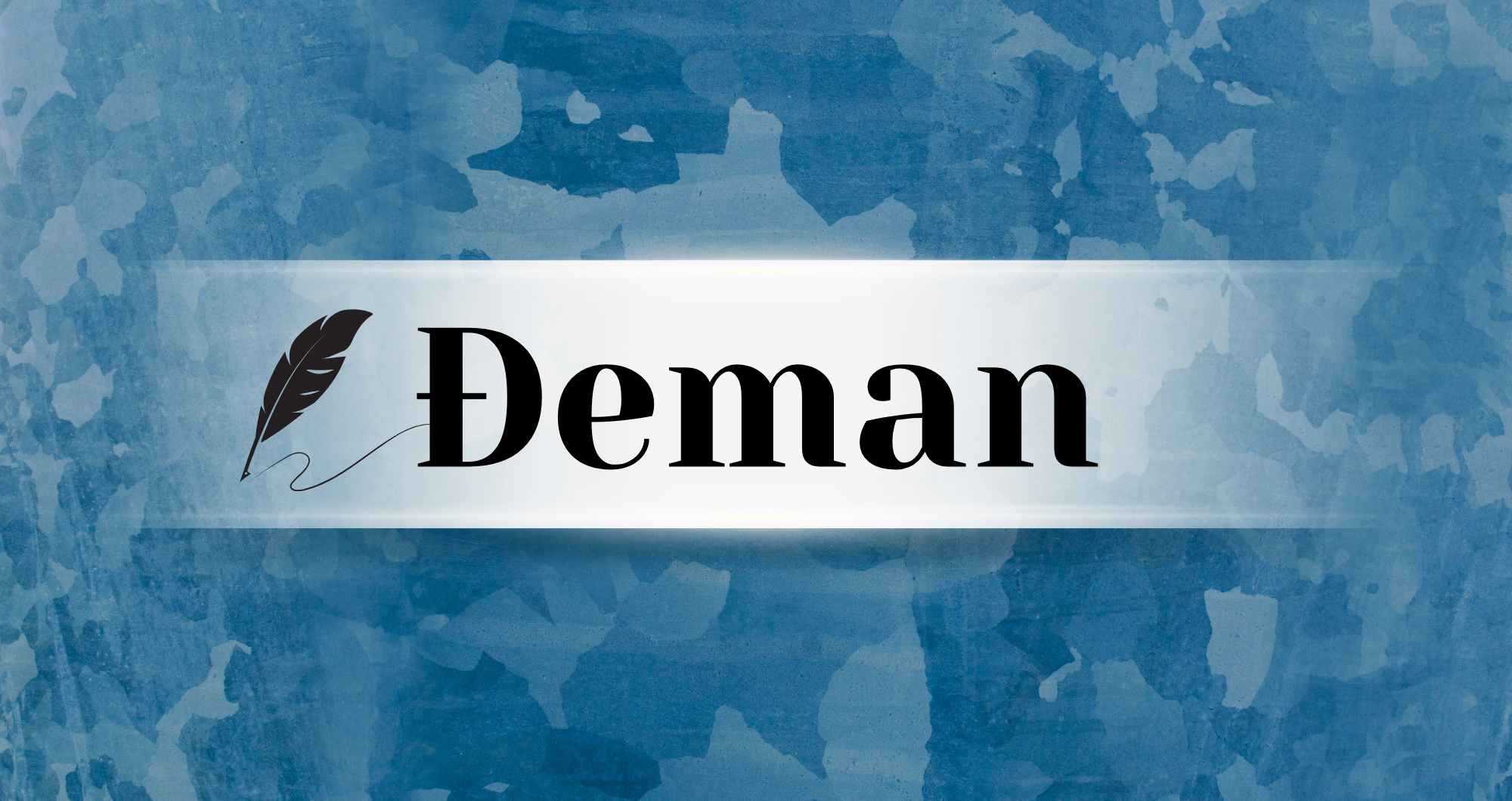Human societies are built on rituals. From harvest festivals to the quiet hum of village gatherings, these customs preserve more than memories—they protect identity. One such fascinating cultural thread is Đeman, a term that has slowly captured attention for its mysterious depth, communal resonance, and poetic legacy. Though its precise origins remain elusive, its concept continues to inspire discussions about how communities celebrate, connect, and evolve.
1. The Essence of Đeman: A Bridge Between Past and Present
At its core, Đeman is not a single ritual, object, or place—it’s a living idea. In many local traditions, Đeman represents a collective celebration blending music, dance, food, and storytelling. Think of it as a symphony where every individual contributes a note, and the harmony reveals the soul of a community.
The term is believed to originate from Southeastern Europe, often associated with folk cultures that value seasonal festivals and communal gatherings. Đeman embodies more than entertainment—it reflects unity, respect for ancestors, and gratitude for nature’s cycles.
The true beauty of Đeman lies in its adaptability. Whether celebrated in rural villages or reinterpreted in modern urban spaces, its spirit remains constant: togetherness, identity, and renewal.
2. Historical Footprints of Đeman
Tracing Đeman’s roots is like following a stream through a dense forest—its direction is clear, but the exact source remains hidden. Many cultural historians suggest that Đeman may have emerged from ancient agrarian rituals, where communities gathered at the end of each harvest season to honor the earth’s bounty.
In its earliest forms, Đeman may have included:
- Communal feasts symbolizing abundance
- Dances around fire or trees, marking renewal and fertility
- Storytelling circles where elders passed down myths and lessons
- Music using native instruments such as tamburica or gusle
Over centuries, these celebrations merged with local folklore, becoming more than just a festival—they became a symbol of endurance through political changes, wars, and modernization.
Today, references to Đeman can be found in oral traditions, regional archives, and even artistic works where it’s portrayed as both a nostalgic ritual and a modern metaphor for unity.
3. Symbolism and Cultural Significance
Every element of Đeman carries symbolic meaning. Like a well-woven tapestry, its colors, sounds, and movements represent aspects of life’s balance:
- Fire – purification and transformation
- Dance – connection between human and divine energy
- Food – sharing and sustenance
- Music – the pulse of the community
- Circle formations – equality and unity among participants
In many interpretations, Đeman serves as a ritual of reflection—a time when individuals reconnect with their heritage while celebrating the present moment. It’s also deeply spiritual, echoing themes of rebirth, gratitude, and reconciliation.
For example, some rural versions of Đeman involve lighting symbolic torches or candles that represent ancestors guiding the living. Others focus on nature’s renewal, aligning with seasonal cycles like spring or harvest time.
4. Regional Variations and Expressions
Just as language shifts across borders, so does Đeman. In one region, it might take the form of a village festival, while in another, it’s a spiritual retreat or a folk performance. The essence remains, but the expression adapts to local needs and beliefs.
Southern Europe
Here, Đeman often merges with agrarian traditions. Dances around bonfires, offerings of bread, and communal singing are common. Villagers wear traditional attire, with embroidered patterns symbolizing protection and prosperity.
Balkan Highlands
In mountainous regions, Đeman is more reflective and tied to ancestral remembrance. Families gather in cemeteries or community centers to share food, tell stories, and play hauntingly beautiful folk melodies on flutes and fiddles.
Urban Adaptations
In modern cities, Đeman has been reimagined as cultural festivals celebrating art, heritage, and unity. These contemporary versions highlight traditional music and cuisine while integrating digital storytelling, photography, and multimedia art.
Despite these differences, every Đeman celebration carries the same heartbeat—a sense of belonging that transcends geography and time.
5. The Role of Music and Dance
If words are the bones of a culture, music is its lifeblood. Đeman’s identity is inseparable from rhythm and movement. Traditional songs often follow repetitive melodies, designed to be sung collectively rather than performed solo. They narrate tales of love, migration, and courage—stories that have echoed for generations.
Dance, meanwhile, provides a visual language of togetherness. Participants move in circles or lines, symbolizing the eternal cycle of life and the unity of the community. No single dancer leads; all are equal in motion.
In some variations, drummers and string players lead the tempo, while dancers respond organically—a dialogue between body and sound. This shared improvisation transforms Đeman from a passive ritual into a living performance.
6. The Spiritual Dimension of Đeman
Beyond the physical celebrations, Đeman holds a deep spiritual significance. It’s often seen as a ritual of balance—a bridge between human emotion and the natural world.
Participants believe that by joining the Đeman, they’re reaffirming harmony with the earth, ancestors, and each other. It’s not tied to a particular religion but to the universal human longing for connection and meaning.
Spiritual practices within Đeman may include:
- Meditative chanting or humming
- Lighting symbolic candles or herbs
- Prayers for harvests or healing
- Offerings of handmade crafts or flowers
Through these acts, Đeman transcends festivity—it becomes a sacred pause in the rush of life.
7. Modern Revival and Digital Presence
In the 21st century, Đeman has experienced a surprising renaissance. Social media platforms, art collectives, and cultural foundations have begun exploring the term as a metaphor for global community.
Documentaries, photo essays, and virtual festivals use Đeman to promote cross-cultural understanding. Hashtags like #SpiritOfĐeman or #LivingTradition have even appeared in online movements celebrating shared heritage.
This digital revival serves two key purposes:
- Preservation – Documenting oral traditions before they vanish.
- Innovation – Reinterpreting ancient rituals through art, film, and technology.
Universities and cultural institutes now study Đeman as a model for community resilience, examining how traditional gatherings strengthen emotional well-being and social ties in an increasingly fragmented world.
8. Đeman in Literature and Art
Artists and writers have long been fascinated by Đeman’s emotional resonance. In literature, it often symbolizes nostalgia, healing, or rebirth. Poets describe the rhythmic clapping and drums as the “heartbeat of memory.” Painters capture its scenes as whirlwinds of color—circles of dancers illuminated by flickering firelight.
In contemporary art, Đeman appears as both theme and metaphor—representing unity amidst diversity. Installations might include soundscapes of traditional instruments, photographs of rural festivals, or interactive exhibits inviting visitors to participate symbolically.
Thus, Đeman is not merely remembered—it continues to inspire creativity across mediums.
9. The Social Fabric of Đeman
Every Đeman gathering—whether small or grand—reveals the fundamental human need for belonging. It’s a social glue that binds generations, classes, and even strangers together.
In rural areas, these gatherings serve practical purposes too:
- Conflict resolution among families
- Marriage matchmaking traditions
- Exchange of goods, songs, and news
The communal aspect fosters empathy and cooperation. By dancing, eating, and laughing together, people rediscover their shared humanity—a reminder that connection matters more than difference.
10. Challenges and the Path Forward
Despite its revival, Đeman faces modern challenges. Urbanization, migration, and the loss of traditional languages threaten its authenticity. Many younger generations are detached from village life, and cultural rituals risk becoming tourist spectacles rather than lived experiences.
However, hope remains. Cultural organizations are documenting Đeman songs, filming rural events, and encouraging schools to teach local traditions. Communities are blending innovation with preservation—creating festivals that celebrate both heritage and modern creativity.
As long as people continue to gather in the spirit of harmony, Đeman will never truly fade. It will simply transform—adapting, evolving, and finding new expressions in a globalized world.
11. Đeman and the Philosophy of Connection
At a deeper level, Đeman represents a philosophy of being together. It challenges the isolation of modern society by reminding us that joy, grief, and memory are communal experiences.
In many ways, Đeman is a mirror through which humanity can see itself—imperfect, hopeful, and united through time.
When one joins a Đeman, they don’t just witness culture—they become part of it. That sense of belonging is the ritual’s most enduring gift.
Conclusion
The story of Đeman is a story of survival—of how traditions adapt without losing their soul. It began as a rural celebration, evolved into a spiritual expression, and now lives on as a modern metaphor for unity and resilience.
Whether experienced through song, story, or social media, Đeman continues to remind us that connection is sacred. In an age defined by digital walls and social distance, its message is timeless: we are stronger when we gather, listen, and celebrate together.
5 Small FAQs About Đeman
1. What does the word “Đeman” mean?
It refers to a traditional communal gathering or cultural ritual rooted in Southeastern Europe, symbolizing unity, celebration, and ancestral connection.
2. Is Đeman a religious festival?
Not specifically. It’s a spiritual and cultural event, open to all, emphasizing gratitude and togetherness rather than religious doctrine.
3. How is Đeman celebrated today?
Modern versions include music festivals, art exhibitions, and online storytelling events that reinterpret traditional values in contemporary ways.
4. Why is Đeman considered important for heritage preservation?
It connects generations, promotes cultural memory, and strengthens community identity—essential values in a fast-changing world.
5. Can people from outside the tradition join a Đeman?
Yes. Many modern Đeman events welcome outsiders to participate, learn, and share in the universal values of unity and celebration.

